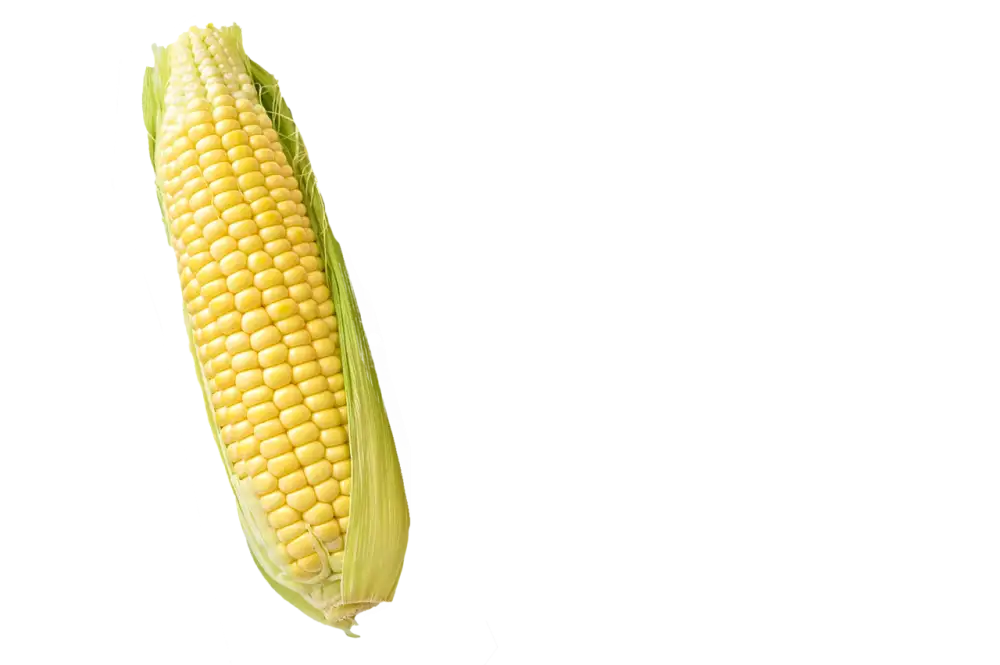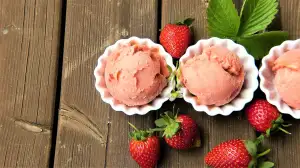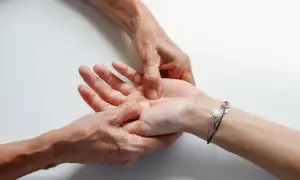Understanding Pica: Exploring the Health Implications of Eating Corn Starch

Eating corn starch, a common ingredient found in many food products, may seem harmless to most people. However, for individuals with pica, consuming corn starch becomes a compulsion. Pica is an eating disorder characterized by the persistent urge to eat non-food substances, such as dirt, clay, or in this case, corn starch. In this article, we will explore the health implications of eating corn starch and shed light on the importance of understanding pica as a serious condition that requires attention and support.
Understanding pica and its causes
Understanding pica and its causes is essential in order to address the issue of consuming corn starch. Pica is a disorder characterized by persistent cravings for non-food substances, such as corn starch, clay, dirt, or ice. While the exact cause of pica is unknown, it is believed to be associated with nutritional deficiencies, developmental disorders, mental health conditions like obsessive-compulsive disorder (OCD), or cultural practices. It can also occur during pregnancy due to hormonal changes. Identifying the underlying cause of pica is crucial for effective treatment and prevention of potential health risks associated with consuming non-food items like corn starch.
The potential health risks of consuming corn starch
Consuming corn starch can pose potential health risks to individuals with pica. One of the main concerns is the risk of nutrient deficiencies. Corn starch lacks essential vitamins, minerals, and proteins that are necessary for maintaining a healthy diet. Prolonged consumption of corn starch without a balanced diet can lead to malnutrition and weakened immune system. Additionally, excessive intake of corn starch may contribute to weight gain and increase the risk of developing obesity-related conditions such as diabetes and heart disease. It is crucial for individuals with pica to be aware of these health risks and seek alternative options for satisfying their cravings.
Nutritional value of corn starch
Corn starch is a common ingredient used in cooking and baking, known for its ability to thicken sauces and soups. However, when consumed in large quantities as a standalone food item, it can have potential health implications. From a nutritional standpoint, corn starch is primarily composed of carbohydrates. It contains no fat or protein and has a minimal amount of fiber. While it does provide energy, it lacks essential vitamins and minerals that are necessary for maintaining overall health. Therefore, relying solely on corn starch for nutrition can lead to nutrient deficiencies and imbalances in the body. It is important to consume a well-rounded diet that includes a variety of foods to ensure adequate nutrient intake.
Alternatives to eating corn starch for individuals with pica
For individuals with pica who have a strong urge to eat corn starch, it is important to find healthier alternatives to satisfy their cravings. One option is to substitute corn starch with other starchy foods such as potatoes, rice, or whole grain bread. These alternatives provide the necessary carbohydrates and can be prepared in various delicious ways.
Another alternative is consuming foods rich in iron and other essential nutrients that may be lacking in individuals with pica. Foods like lean meats, beans, spinach, and fortified cereals can help address any nutritional deficiencies and reduce the cravings for non-food substances.
Incorporating more fruits and vegetables into the diet can also be beneficial. Not only do they provide essential vitamins and minerals, but they also add variety and flavor to meals. Snacking on fresh fruits or enjoying a colorful salad can help divert attention away from the urge to consume corn starch.
Furthermore, seeking professional guidance from a healthcare provider or nutritionist is crucial for developing a personalized plan to manage pica. They can offer tailored advice on dietary modifications, supplementation if necessary, and provide support throughout the process of overcoming the urge to eat non-food items.
By exploring these alternatives and seeking professional help, individuals with pica can adopt a healthier approach towards managing their cravings while ensuring their nutritional needs are met.
Seeking professional help for pica and overcoming the urge to eat corn starch
Seeking professional help is crucial for individuals struggling with pica and the urge to eat corn starch. A healthcare provider can assess the underlying causes of pica and develop a personalized treatment plan. Cognitive-behavioral therapy (CBT) may be recommended to address the psychological aspects of pica. Additionally, nutritional counseling can help individuals find healthier alternatives to satisfy their cravings. With proper support and guidance, it is possible to overcome the urge to eat corn starch and adopt a healthier approach to managing pica behaviors.
In conclusion, it is crucial to promote a healthy approach to managing pica and its associated behaviors, particularly when it comes to consuming corn starch. While the urge to eat non-food items can be challenging to overcome, seeking professional help is essential in addressing the underlying causes of pica. By understanding the potential health risks and nutritional deficiencies that can arise from consuming corn starch, individuals with pica can explore alternative options that are both safe and nutritious. With proper guidance and support, it is possible to overcome the urge to eat corn starch and adopt healthier habits for overall well-being.
Published: 18. 12. 2023
Category: Health



